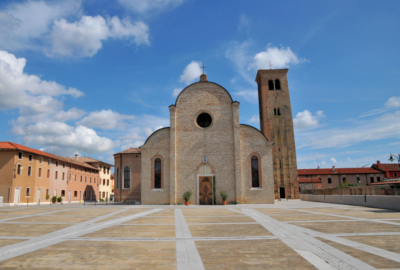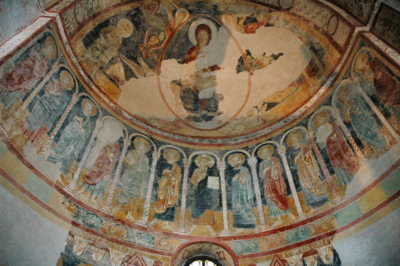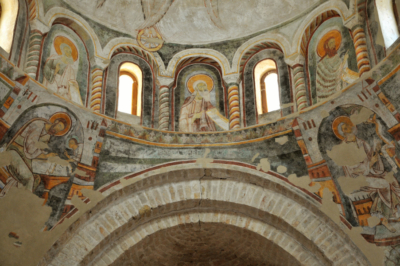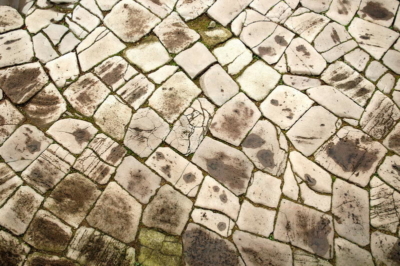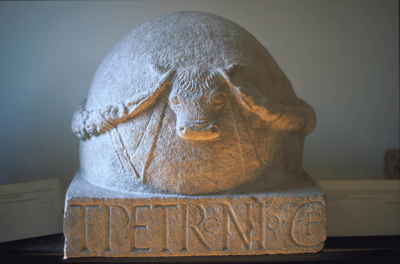CONCORDIA SAGITTARIA
At the crossroads of via Annia and via Postumia there was a Statio, a Roman rest stop for legionaries, messengers and merchants. The Julia Concordia colony was founded between 42 and 40 B.C.E., during the 2nd triumvirate, by sending a number of Roman citizens tasked with consolidating conquests and cultivating the land. Concordia was surrounded by imposing walls with seven gates, had a uniform street plan of decumani and cardi, and was connected to the Adriatic Sea via the reatinum flumen, the modern-day Lemene River. In 1800, Sagittaria was added to the name of Concordia as a homage to the arrow factory located there in Roman times.
It is home to important archaeological sites and relics. A small part of the artefacts can be seen in the museum rooms of the town hall and the rest are in the Concordia National Museum in the nearby town of Portogruaro.
Worth Visiting
Palazzo Municipale: the town hall and its museum rooms. For visits contact rufinoturranio@aruba.it
The archaeological area underneath the cathedral can be visited from Monday to Friday, 8.30 am – 7 pm
Museo Nazionale Concordiese (the Concordia National Museum) in nearby Portogruaro is open 9 am – 8 pm
Don’t Miss
Ponte Romano, the Roman Bridge in via S. Pietro
The Roman and Early Christian buildings in piazza Celso Costantini
The Roman Baths in via 1° maggio
Next to the cathedral square, a monument to Pope John Paul II was erected by the local tourism board on 24th October 2009 in memory of his historic visit to Concordia Sagittaria on 1st May 1992
Bosco delle Lame, a wood in the district of Sindacale

